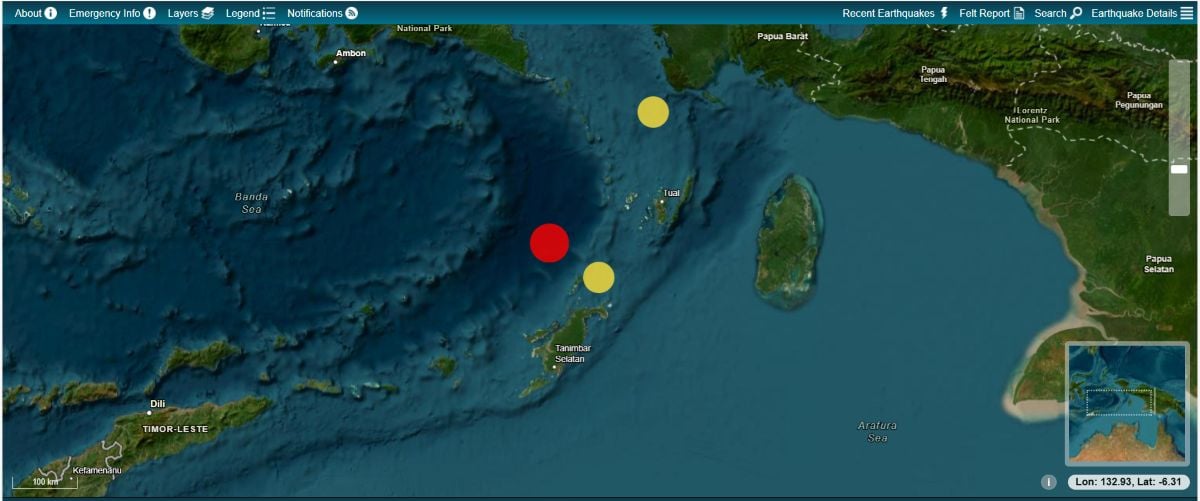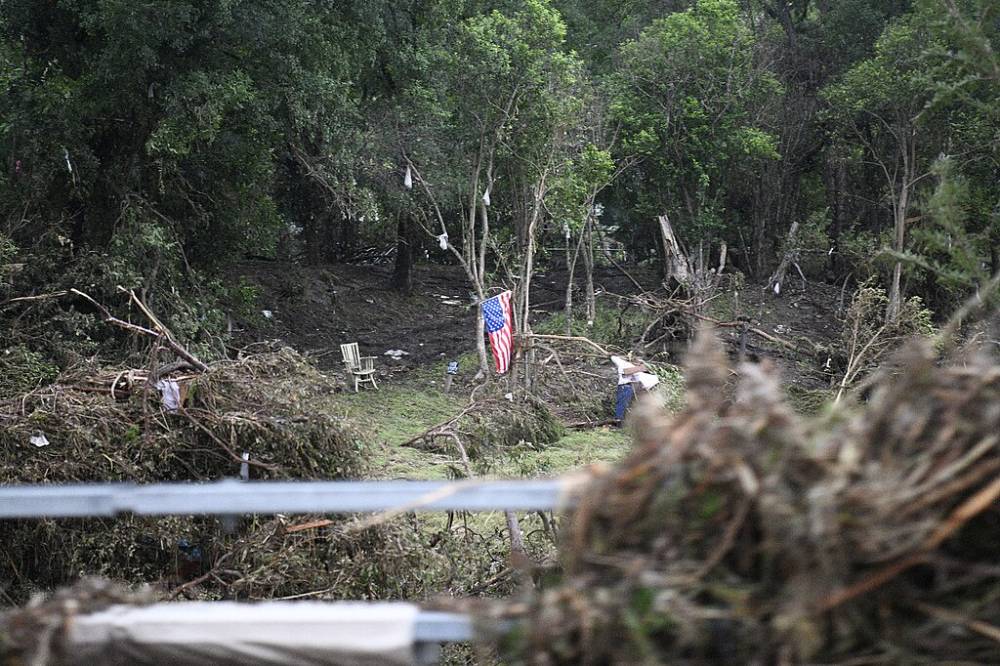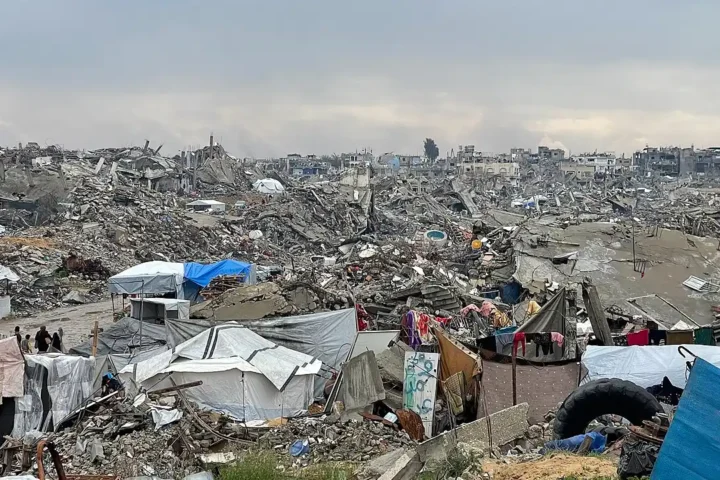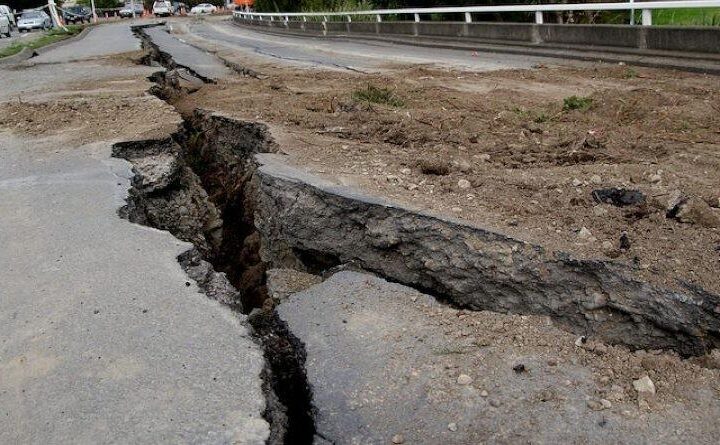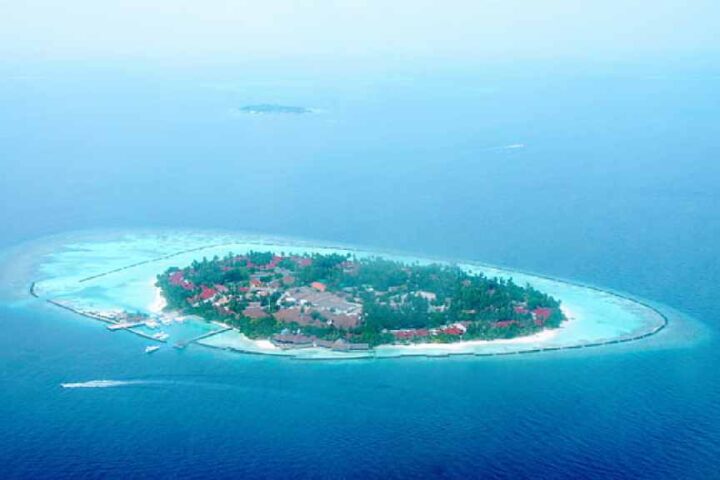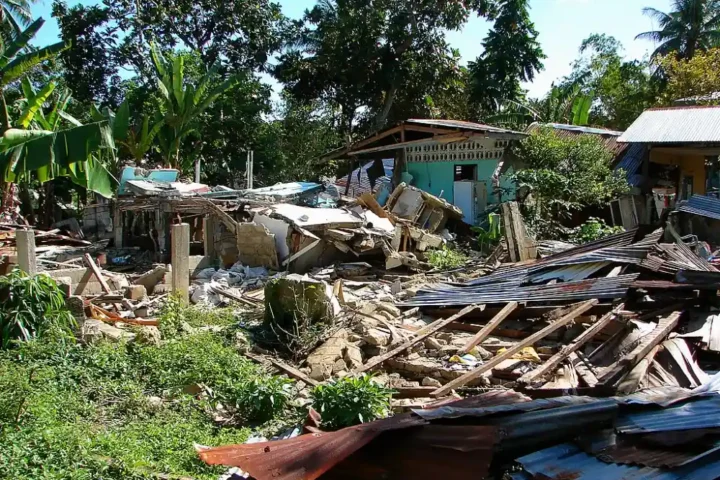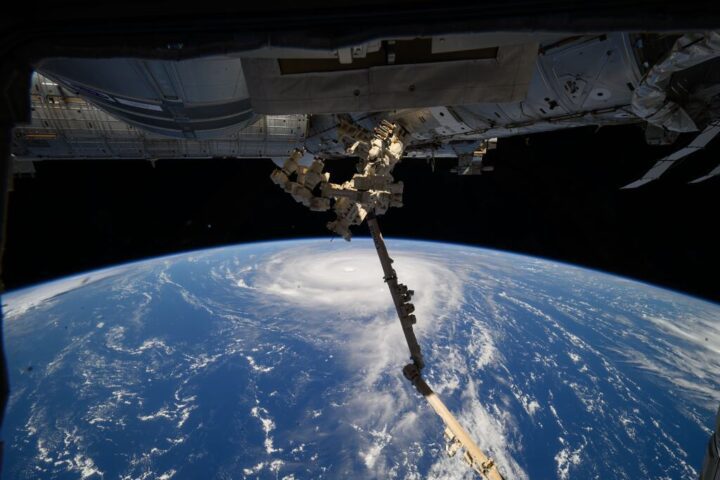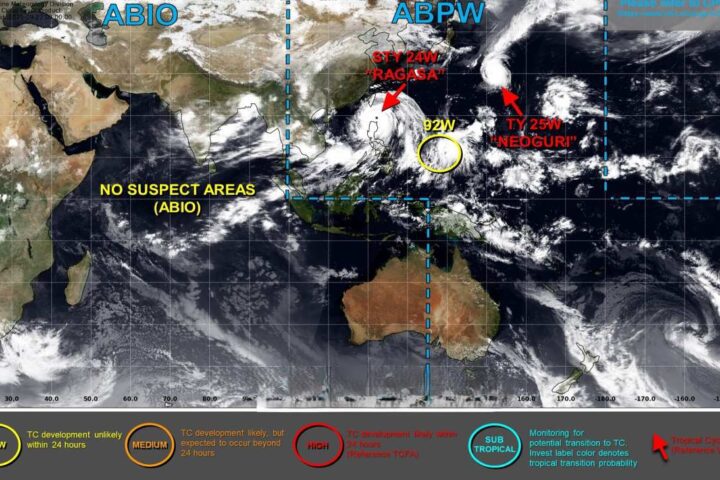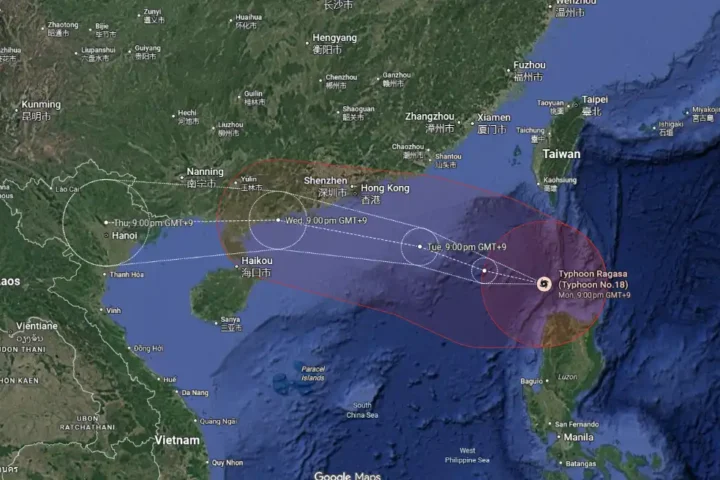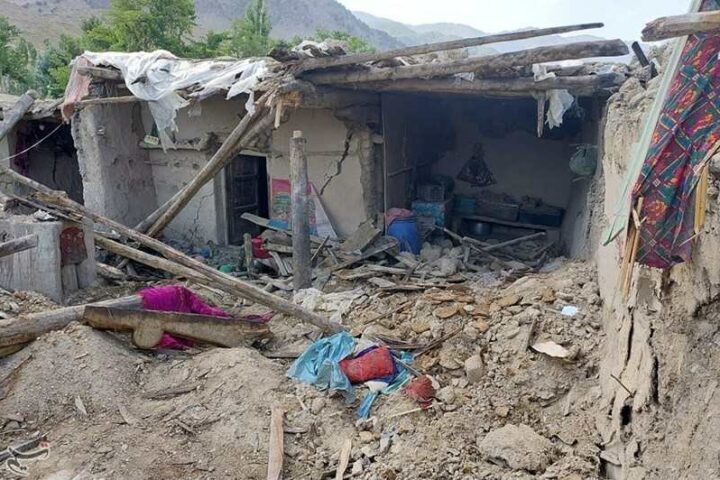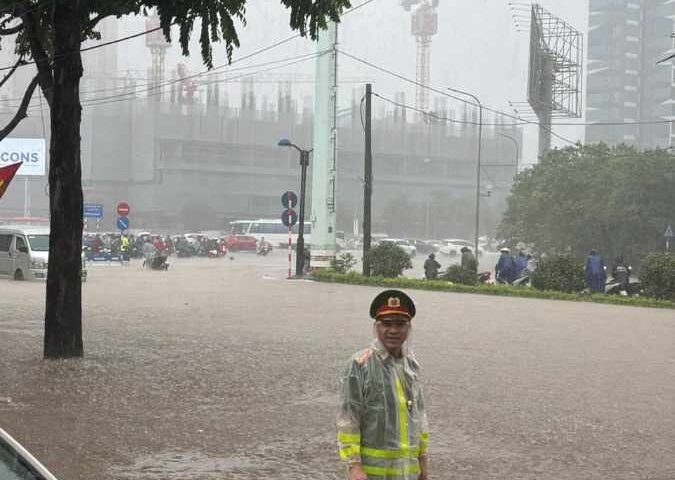A strong earthquake with a magnitude of 6.7 struck off Indonesia’s Tanimbar Islands region on Monday, July 14, 2025. The tremor hit at 12:49 local time (05:49 UTC), according to Indonesia’s geophysics agency (BMKG).
The earthquake originated from within the Banda Sea plate at a depth of 98 kilometers (61 miles), making it what scientists call an “intermediate earthquake.” Analysis shows the earthquake had a strike-slip movement mechanism, which means the ground moved horizontally along the fault line rather than up or down.
Different scientific agencies reported slightly different measurements. While BMKG and the European-Mediterranean Seismological Centre (EMSC) measured the quake at magnitude 6.7, the German Research Centre for Geosciences (GFZ) reported it as a 6.8 magnitude event at a much shallower depth of just 10 kilometers (6 miles).
Similar Posts:
People felt the earthquake’s effects across several towns in eastern Indonesia. In Saumlaki, the tremors were strong enough to wake many residents, reaching intensity scale IV-V on the Modified Mercalli Intensity (MMI) scale. Residents in Dobo experienced moderate shaking (intensity scale III-IV), while people in Banda felt lighter tremors (intensity scale III).
The good news: BMKG confirmed the earthquake did not have tsunami potential. The United States Geological Survey (USGS) issued a Green alert for potential casualties and economic damage, suggesting a low likelihood of serious harm.
Indonesia’s disaster mitigation agency reported no immediate damage following the earthquake. However, officials urged people in affected areas to remain calm, avoid unverified information, and inspect their homes for any structural damage before returning.
The Tanimbar Islands are located about 600 kilometers (373 miles) north of Darwin, Australia. This region has experienced significant earthquakes before, including a powerful 7.6 magnitude quake in January 2023.
Indonesia sits on the “Pacific Ring of Fire,” a horseshoe-shaped belt where many earthquakes and volcanic eruptions occur. This highly active zone is created where different tectonic plates on Earth’s crust meet and interact, making Indonesia prone to frequent seismic activity.
For residents of earthquake-prone regions, experts recommend having emergency plans in place, securing heavy furniture to walls, and keeping emergency supplies accessible.
